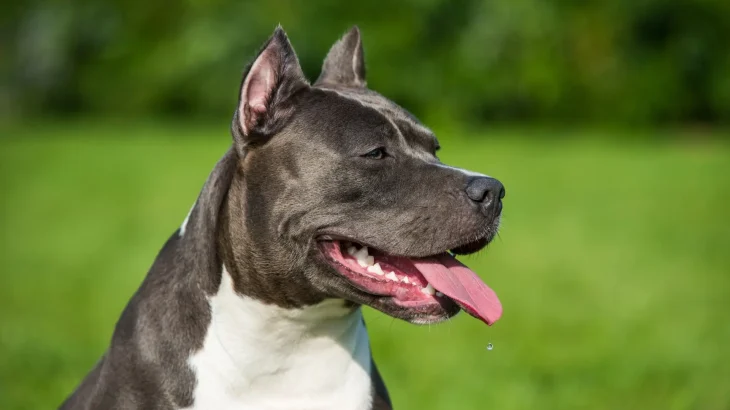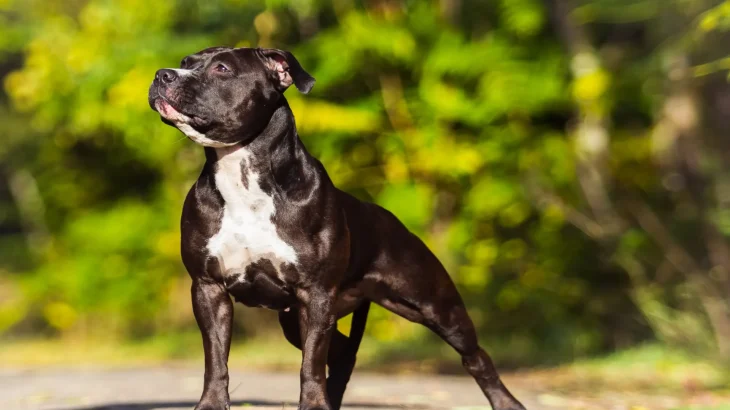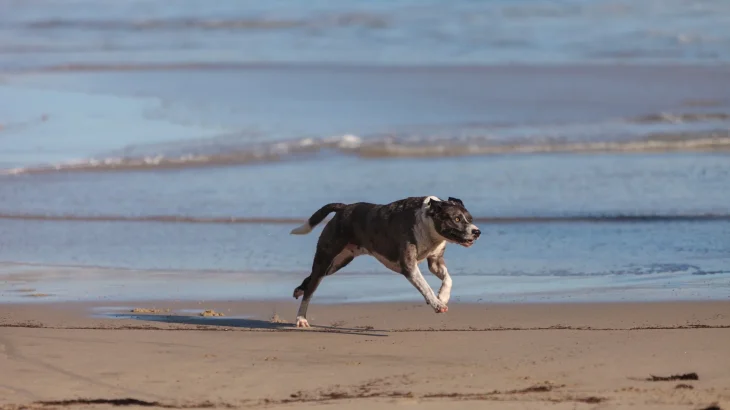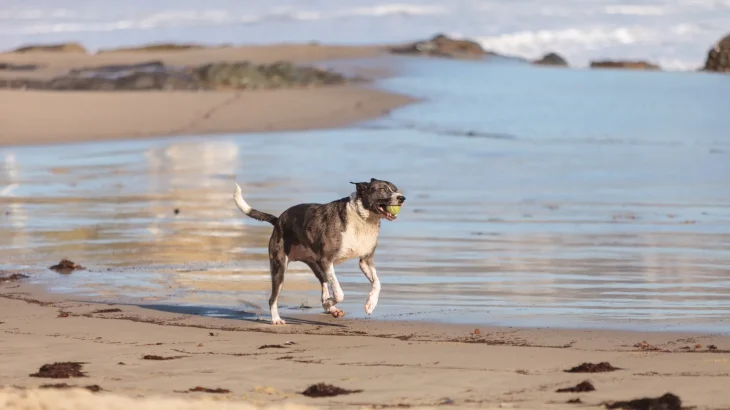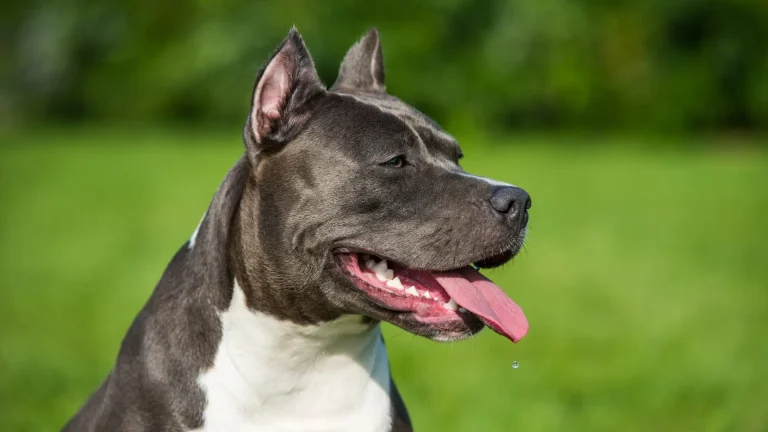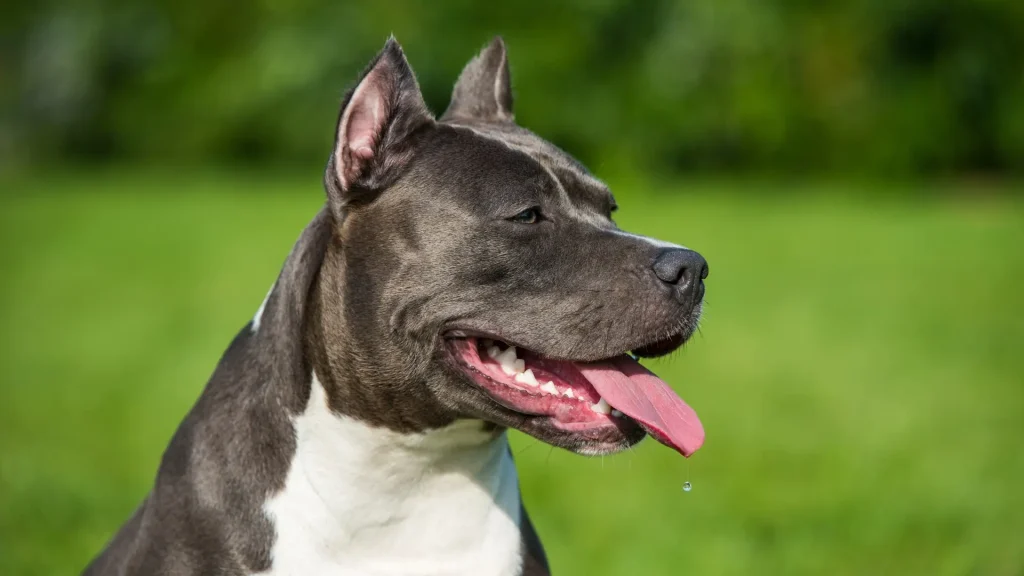Choosing between adopting or purchasing an American Crested Sand Terrier puppy comes down to several practical considerations. Purchasing from a breeder often ensures detailed information about the puppy's lineage and health, while adoption offers a chance to provide a loving home, sometimes with less certainty about background details. Both options have their advantages depending on what aspects are most important to you.
Adoption vs. Breeder: Pros & Cons
| Criteria | Buying from Breeder | Adopting from Shelter/Rescue |
|---|---|---|
| Cost | Usually higher upfront cost due to breed purity and breeder expenses. | Often lower adoption fees, making it more budget-friendly. |
| Health History | Breeders provide detailed health records and screenings. | Health history may be limited or unknown despite basic veterinary checks. |
| Age Availability | Primarily puppies, allowing for early bonding and training. | Variety of ages available, including adults ready for adoption. |
| Temperament Insight | Breeders can share expected temperament based on lineage. | Temperament observed at shelter, but full background often unknown. |
| Supporting Practices | Supports responsible, ethical breeding if breeder is reputable. | Supports animal welfare by giving homes to dogs in need. |
| Ethical Considerations | Purchasing may increase demand for purebreds; vetting breeder ethics is crucial. | Adoption helps reduce shelter populations and discourages puppy mills. |

